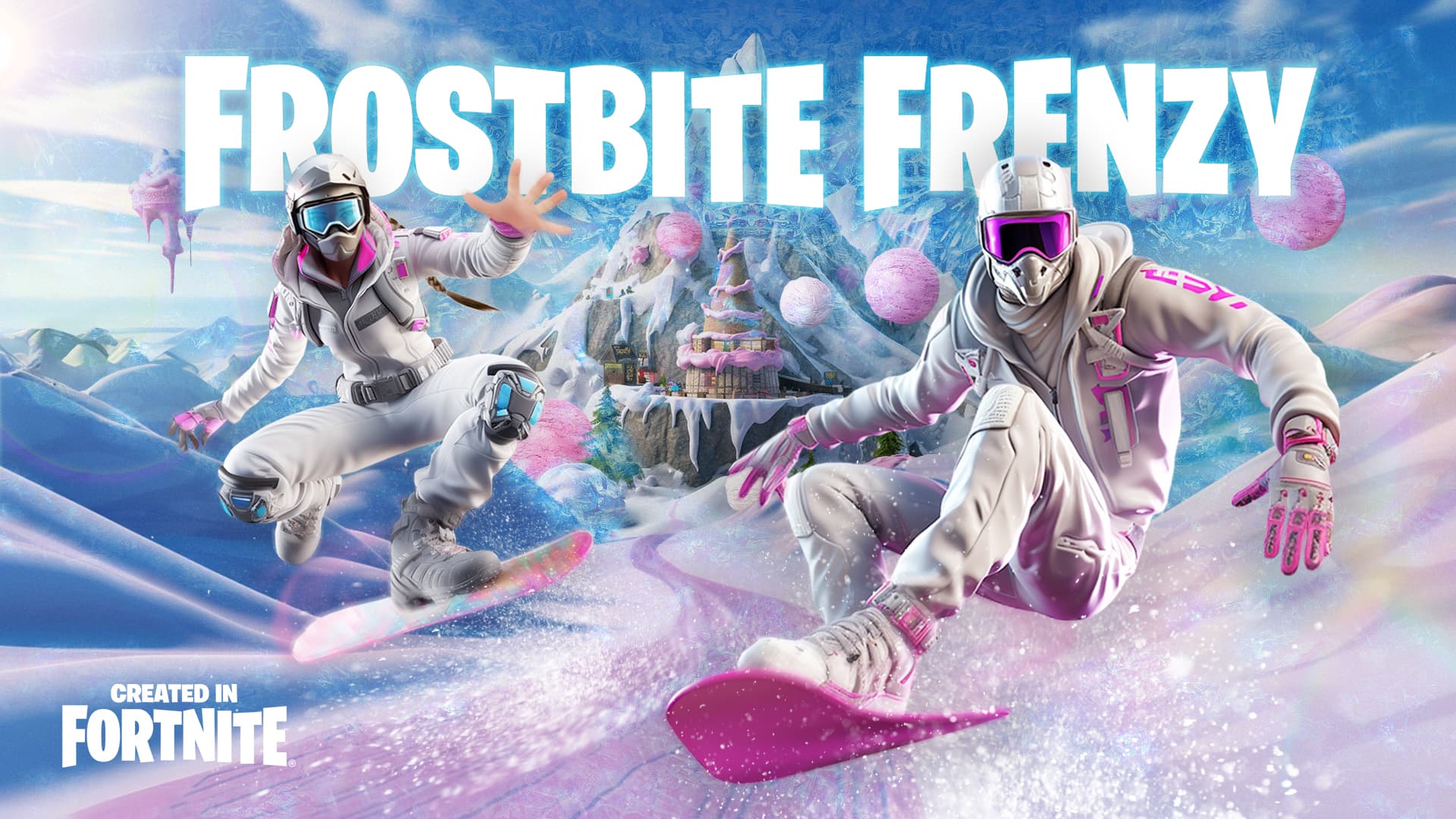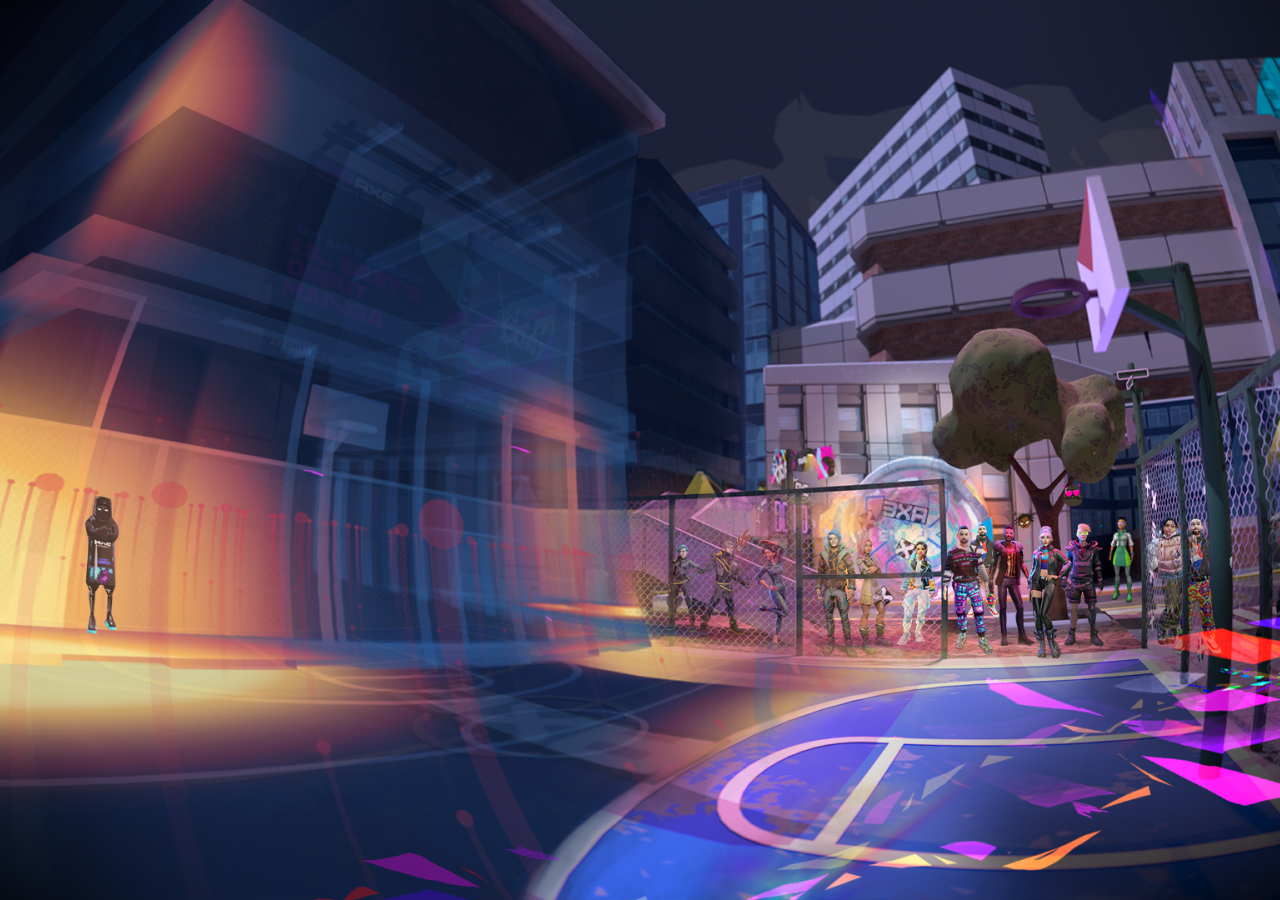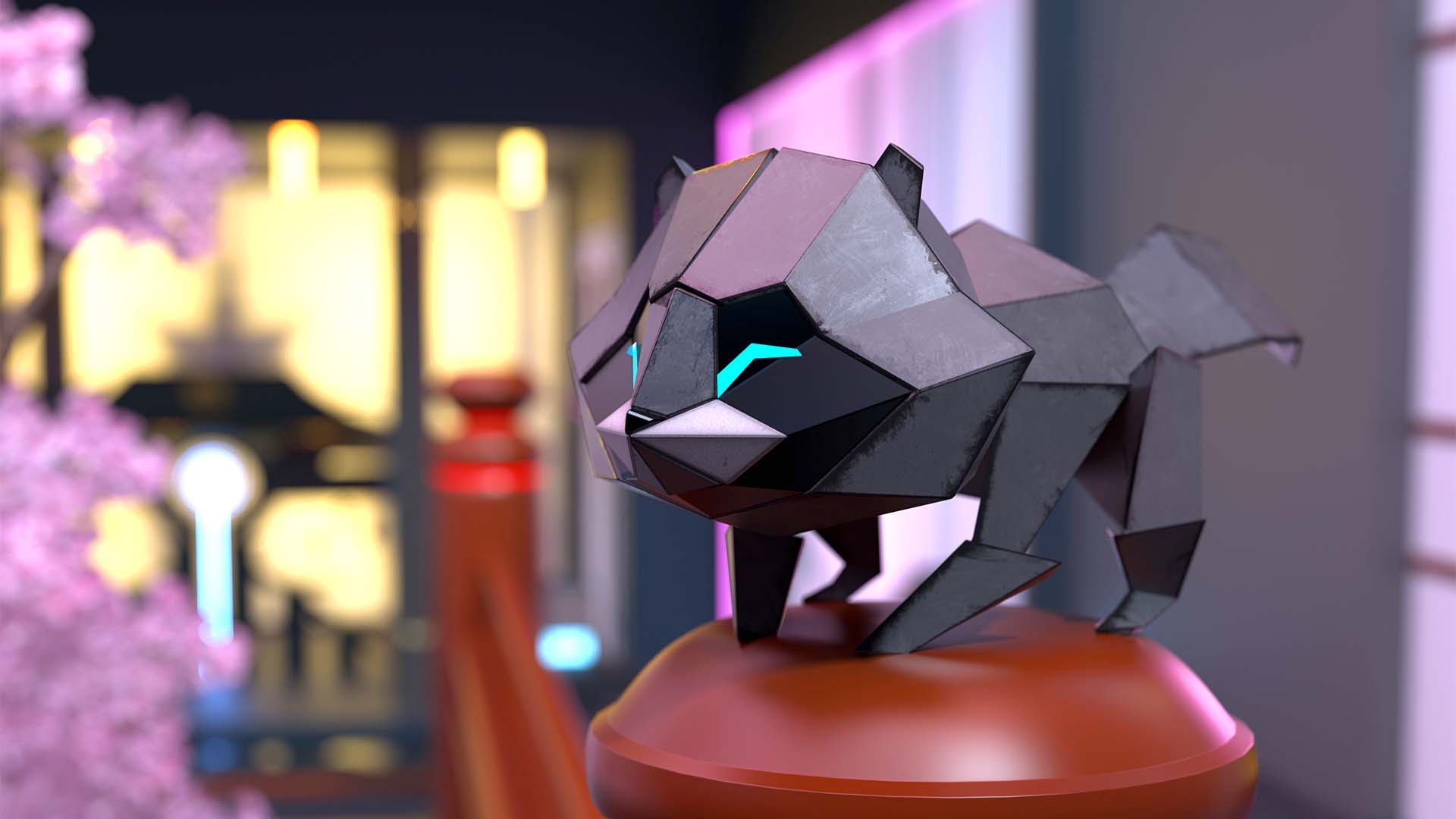How Gaming is Dominating Consumer Marketing and Engagement

Introduction
The world of marketing and consumer engagement has witnessed a seismic shift, with gaming emerging as a dominant force. What was once a niche subculture has transformed into a global industry that's taking over the way brands interact with their audiences. In this blog, we'll explore the phenomenon of gaming's takeover in consumer marketing and engagement and examine why it's so effective using real-world examples.
The Gaming Revolution

In the last decade, the gaming industry has undergone a remarkable transformation, evolving from a niche subculture into a global entertainment powerhouse. From the rise of mobile gaming, which introduced countless casual players to the medium, to the competitive world of esports, which boasts a dedicated following rivalling traditional sports, gaming has become an integral part of modern culture. Alongside mobile games, behemoth platforms such as Roblox, and Fortnite (with UEFN from Epic Games) have been a big catalyst in the marketing/gaming fusion, as brands can now harness the power of the platform that these games have to connect with consumers.
So, why get into gaming? Well, as gaming culture drives a whole generation forward, you can now meet your audiences in their preferred channels.
Young Demographic: With 38% of gamers falling between the ages of 18 to 34, the gaming space is ideal for reaching Gen-Z and young millennial consumers.
An Engaged Audience: Gamers spend, on average, 7 hours and 7 minutes per week gaming, which represents a valuable window of opportunity for brands to share clear and engaging content with a captive audience. As long as brands are respectful of the community the audience are engaged and welcoming to brands into the space (In brief: respect the space, add value, but don’t get in the way.)
Depth of Opportunity: There are significant levels of creative concepts and executions that can be pursued, especially compared to the established sponsorship & media formats. Gaming integrations go beyond purely media and product placement, and into immersive content and world building, team partnerships, product launches etc.
The Rise of In-Game Advertising
Brands have recognized the potential of reaching vast and engaged audiences through in-game advertising. With millions of players spending hours immersed in virtual worlds, game developers and publishers have begun to integrate advertising seamlessly into their games. These in-game ads can take various forms, from billboards in racing games to virtual product placements in open-world adventures.
Immersive Brand Experiences
Consumers today are looking for more than just products; they crave experiences and meaningful connections with brands. Gaming has emerged as the ideal platform for creating these immersive brand experiences.
Companies are increasingly delving into virtual events, sponsoring tournaments, and launching interactive marketing campaigns within the gaming realm. Think of virtual events hosted within popular games or metaverse environments that allow brands to engage with their audiences in novel and memorable ways.
These experiences could range from exclusive concerts within virtual worlds to unique in-game challenges and rewards, fostering strong brand loyalty and a deeper connection. NICE Systems recently launched a series of gaming experiences to engage with customers a series of conferences - the results and sentiment from players was outstanding and a great example of how effective branded immersive experiences can really be within marketing.
Collaborations and Partnerships
Collaborations between brands and the gaming industry have become common, blurring the lines between virtual and real-world experiences. Companies partner with game developers to create co-branded content or special in-game events. Esports teams, too, have attracted major sponsorships, with brands recognizing the vast viewership and passionate fan base associated with competitive gaming.
A great example of influencer / artist collaboration, was the AXE x Lil Baby collab within the Shonen Baby virtual world. AXE teamed up with Lil Baby to create their very own Manga comic and artwork. The art was then displayed within their Atlanta-inspired 3D Manga city which players could explore with their very own avatar.
Gamification in Marketing
Gamification involves infusing game elements and mechanics into non-gaming contexts to boost engagement and enhance user experiences. The Butterfly Trail was an excellent example of gamification, and experiential marketing combined. The experience featured a fun AR slingshot game, in a challenge to collect as many butterflies in the time given. Users could see the real-life digital screens at The Outernet in London, come to life, re-acting to the AR experience in real-time. This was a highly engaging experience which was a fantastic example of gamification within marketing.
Data-Driven Marketing Insights

One of the major advantages of gaming in marketing is the wealth of data it provides. Through gaming platforms and user interactions, marketers can gather invaluable insights into consumer behavior. They can track player preferences, play styles, and even emotional responses within games.
This data enables companies to tailor their marketing campaigns with unparalleled precision. For example, AXE, Mindshare and Aircards recently launched 'AXE Shonen Baby' virtual world which also included the integration of 3D analytic platform, Metalitix. Utilizing the 3D analytics platform, AXE were able to gain a deep understanding of user behaviour & engagement within the 3D space, and use the data-insights to create even more engaging consumer experiences going forward.
The Future of Gaming in Marketing
The future holds exciting developments at the intersection of gaming and marketing. As technology continues to advance, virtual reality (VR) and augmented reality (AR) are already being used within marketing to engage with audiences. Warba Bank recently launched a series of gaming experiences which seamlessly combined brand values with engaging gameplay to connect with their target market.
Embrace the Game

Gaming's ascendancy in consumer marketing and engagement is exciting to see. Purely from a consumer point-of-view, this means more engaging and ultimately, more fun forms of advertising and media. Rather than being saturated by traditional forms of advertising, gaming provides a much more authentic way to connect with audiences.
Whether through in-game advertising, immersive brand experiences, or collaborations with influencers, gaming is a frontier that forward-thinking marketers should be exploring.
If you're interested in learning more from the experts, then Aircards are here to assist. We've developed and launched highly successful gaming experiences for a wide-range of clients. Tap into our deep-level knowledge, creativity and development capacity to create something special for your audience. Get in touch with us to explore what's possible for your brand.





